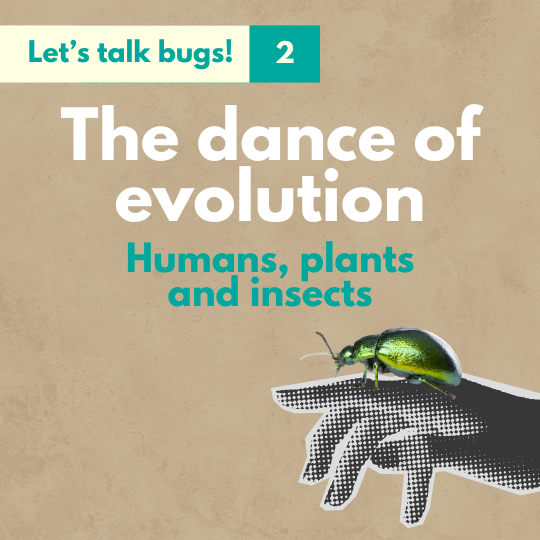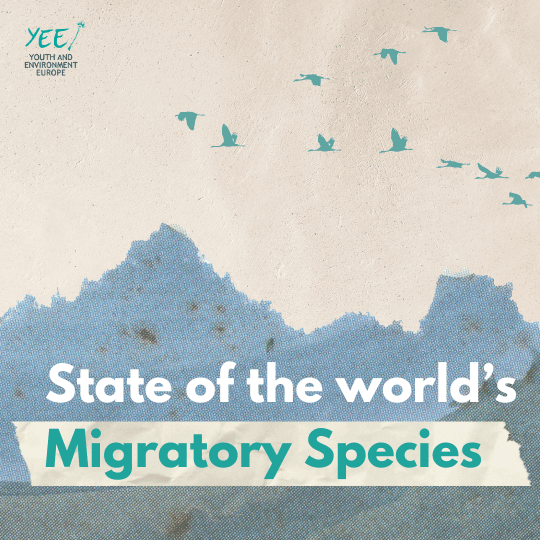
Let’s first delve into how two of our member organisations UK Youth 4 Nature (UKY4N) and Jeugdbond voor Natuur en Milieu (JNM)


Investing in biodiversity protection is not just about preserving nature; it’s an investment in our future and economy. The EU has been funding nature conservation since the early 1980s, and in 1992, it launched its flagship funding program, LIFE.
Over the past 30 years, the LIFE program has co-financed numerous environmental and climate-related projects, improving the conservation status of 435 species and reducing greenhouse gas emissions. These projects have also contributed to public education, the expansion of the Natura 2000 network, and improved environmental governance.
The European Commission found that the LIFE program generated a tenfold return on the €3.46 billion invested from 2014 to 2020. In conclusion, investing in nature enhances social and economic prosperity for both current and future generations.
The coming months represent a key opportunity to address financing for biodiversity conservation and restoration measures across the European Union (EU). By 1 July 2025, the European Commission will release its proposal for the next Multiannual Financial Framework (MFF), officially kickstarting the period of negotiations between Member States and the European Parliament.
Effective and well-targeted financing is crucial for achieving EU biodiversity objectives, but significant funding gaps represent a serious impediment to successfully addressing biodiversity loss. The current financing needs from 2021 to 2030 were estimated at EUR 20 billion a year and changed to EUR 48.15 billion per year based on more recent calculations.
With the recent adoption of the Nature Restoration Law, it is crucial to support Member States in effectively implementing and enforcing its provisions. However, stricter financial regulations and efforts to reduce public debt raise the potential for intense debates regarding the allocation of resources within the EU, particularly concerning expenditures related to biodiversity.
Though focused on the post-2027 MFF, this paper also takes a broader perspective on biodiversity financing and considers the longer-term need to re-evaluate current approaches. The proposals are therefore designed to put biodiversity on a path to recovery beyond the next funding period to build a safer, healthier future for people and nature.

Let’s first delve into how two of our member organisations UK Youth 4 Nature (UKY4N) and Jeugdbond voor Natuur en Milieu (JNM)

Many arthropod groups are not well understood or equally loved as other arthropod groups by the average European. One such group are

Have you ever wondered how the intricate relationship between insects, plants, and humans came to be? Let’s travel through time to uncover

Let’s look at some of these arthropods that are often hidden in plain sight

Learn about the risks for ecosystems posed by climate change identified in the EEA’s Climate Risk Assessment.

The CMS recently published a first of its kind report on the state of the world’s migratory species. This landmark report shows
 YEE aims to unite environmental youth non-profit organisations in Europe in order to enhance international cooperation, increase knowledge about the climate crisis, raise awareness of environmental problems and to strengthen participation of youth in environmental decision-making.
YEE aims to unite environmental youth non-profit organisations in Europe in order to enhance international cooperation, increase knowledge about the climate crisis, raise awareness of environmental problems and to strengthen participation of youth in environmental decision-making.
Vinohradská 2165/48
120 00 Praha 2 – Vinohrady
Czech Republic
E-mail: yee@yeenet.eu
Supported by the Council of Europe through the European Youth Foundation.
Co-funded by the European Union. Views and opinions expressed are however those of the author(s) only and do not necessarily reflect those of the European Union or the European Education and Culture Executive Agency (EACEA). Neither the European Union nor EACEA can be held responsible for them.

 Understanding Eco-emotions
Understanding Eco-emotions 
